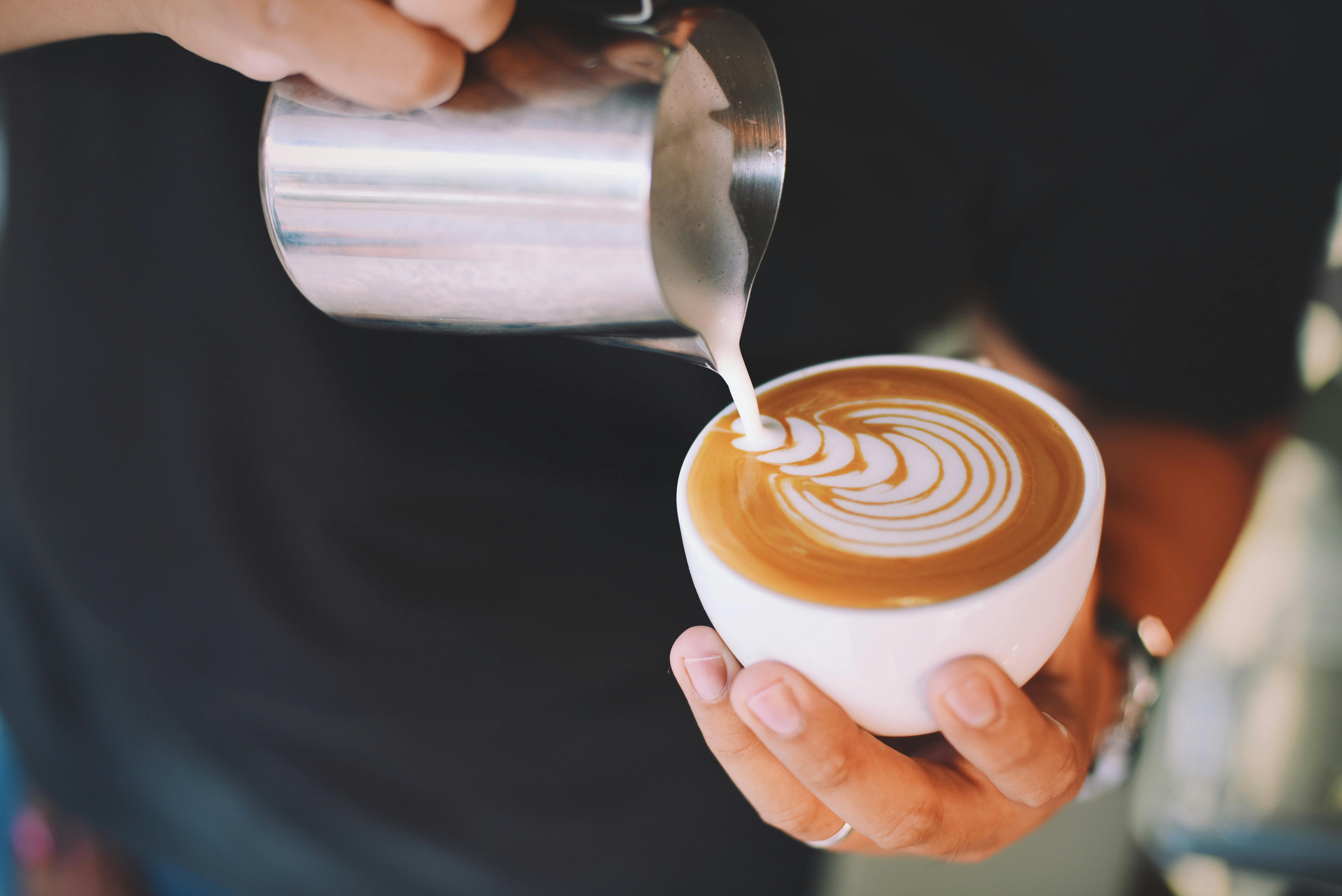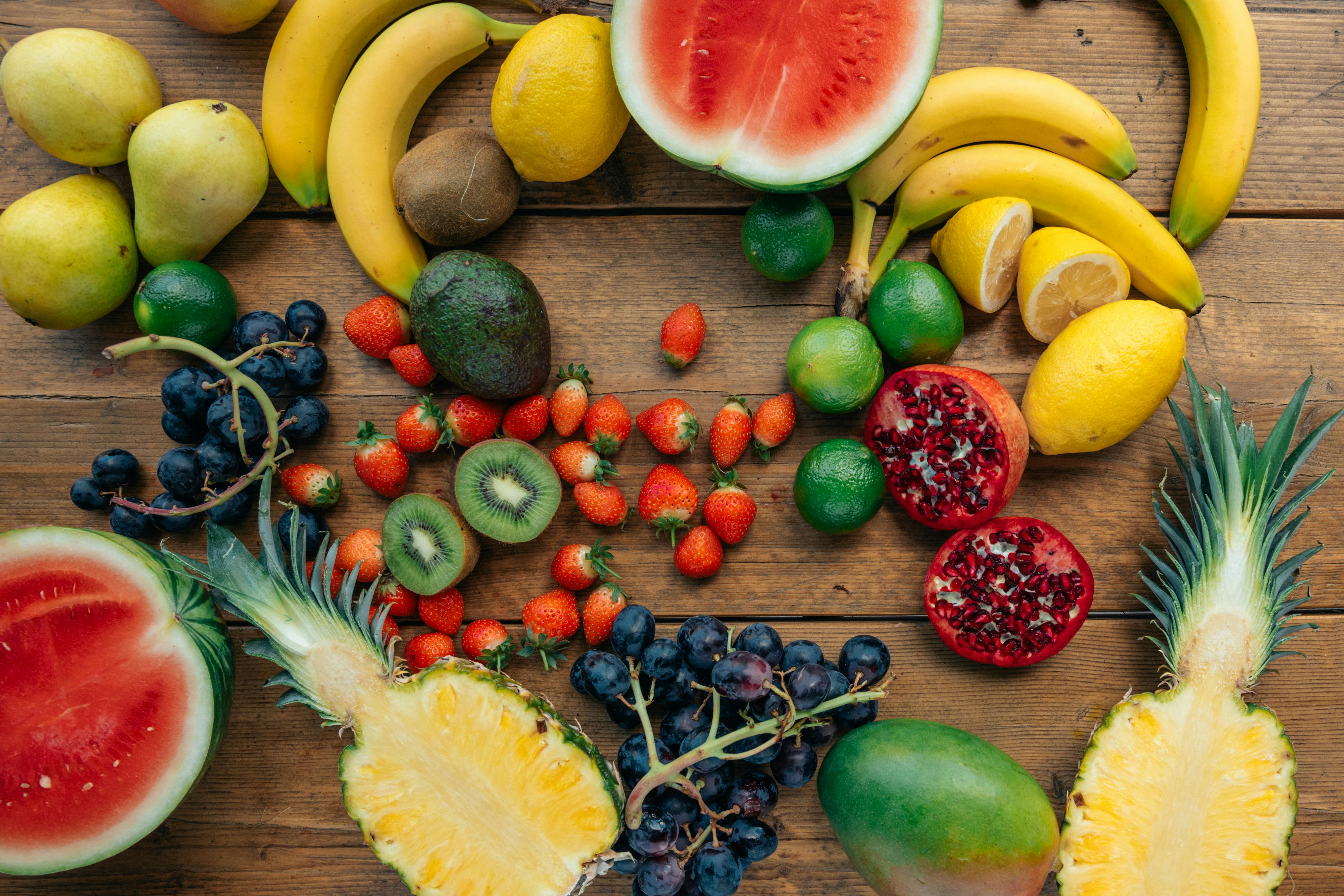11 Surprising Reasons Your Favorite Health Smoothie Is Causing Bloating (and How to Fix It)
Ever blend up a vibrant, nutritious smoothie—only to feel painfully bloated an hour later? If you’ve stared at your empty cup and wondered, “How can something so healthy leave me this uncomfortable?” you’re not alone. Smoothies promise a quick boost of vitamins and energy, but sometimes our best wellness habits don’t play out the way we expect. It can feel confusing, frustrating, or downright unfair to discover that a wholesome drink leads to belly grumbles and gas. Here’s the comforting truth: every bit of digestive discomfort has an explanation, and a gentle workaround. Our bodies are beautifully unique—what fuels energy in one person may spark a little rebellion in another. In this guide, you’ll uncover the real, science-backed reasons why your favorite health smoothie might trigger unexpected bloat. We’ll break down the most common culprits—from sneaky ingredient combos to preparation quirks—and introduce you to fixes that don’t mean giving up smoothies altogether. It’s all about empowering you with practical wisdom and nurturing guidance to help you feel your best, sip after sip. Let’s demystify the smoothie-bloat connection together—because enjoying healthful habits should never require a side of discomfort.
1. Dairy Dilemmas: The Hidden Trouble with Milk and Whey

Dairy, whether from milk or whey-based protein powders, is one of the most common (yet underestimated) triggers for smoothie-related tummy trouble. While many people are aware of classic lactose intolerance, millions experience subtle sensitivities to dairy proteins like lactose and casein—often without realizing it. In fact, nearly two-thirds of adults worldwide have some degree of trouble digesting lactose, which explains why a seemingly innocent addition of yogurt, milk, or whey powder can set the stage for cramping, gas, and that uncomfortable, swollen feeling. Even seemingly “healthy” protein-enhanced blends can cause trouble if the root culprit is within the powder itself. If you regularly notice bloating after a dairy-rich smoothie—even if you don’t react to cheese or milk in other settings—your gut might be telling you it prefers something gentler. The good news? There’s no need to give up protein altogether! Swap out traditional dairy for unsweetened almond, oat, or pea milk, and consider a certified dairy-free or plant-based protein powder. With a little experimentation, you’ll discover blends that support your energy and leave digestive distress in the dust.
2. FODMAP Fruit Surprises: Why Healthy Fruits Can Betray Your Gut

Bananas, apples, and stone fruits hold a warm spot in many smoothies—and for most, they’re a delicious source of natural fiber and sweetness. But for 10-15% of adults, these fruits are high in FODMAPs, a group of sugars that can feed gut bacteria and trigger gas, bloating, or cramping. Ripe bananas, often tossed in to add creamy texture, are especially high in fructans. The result? What should be a gentle start to your day sometimes leads to a rumbly, unsettled belly instead. If you find your stomach protesting after eating these fruits, try swapping them out for low-FODMAP ingredients like kiwi, pineapple, or berries. These alternative fruits provide sweetness without the digestive downside and bring a fresh twist to your blend. Remember, no smoothie should make you feel punished for being healthy—your gut deserves choices that make it happy, too.
